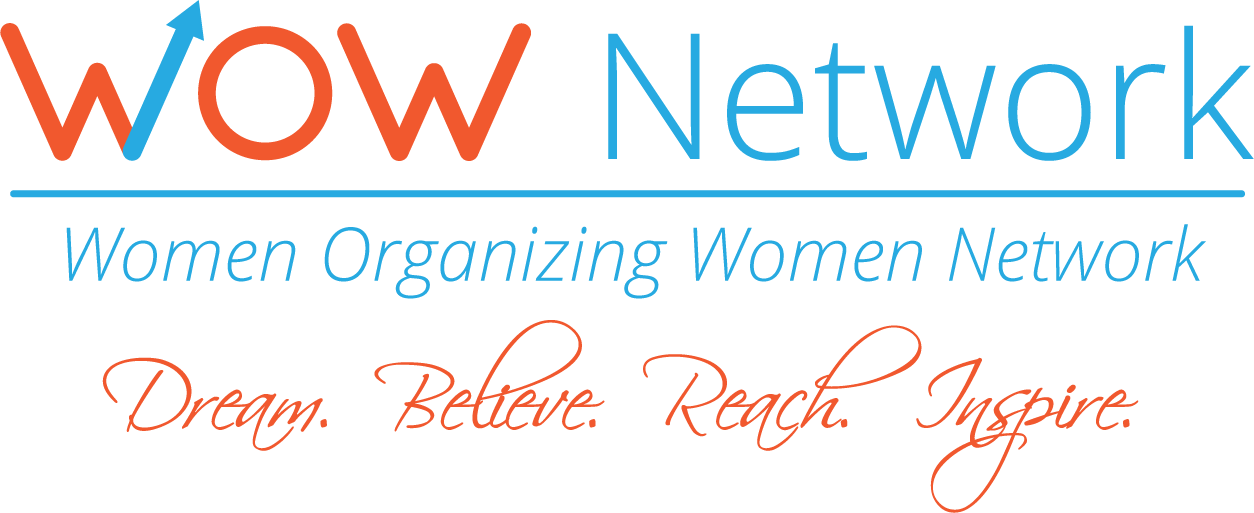Business casual attire for women strikes a balance between formal and casual, catering to a versatile work environment. It allows for comfort while maintaining a professional appearance that is deemed suitable for a modern workplace. This style of dress is characterized by smart, tailored pieces that often include blouses, skirts, trousers, and dresses. For any career-oriented woman, understanding the nuances of business casual is essential to ensure that she presents herself in a way that is both professional and relatable.
As workplaces evolve, so does the definition of business casual. While traditional corporate environments may lean towards a more conservative interpretation, many contemporary offices offer a more relaxed approach. The challenge for women lies in assembling a wardrobe that can seamlessly transition from meetings and presentations to everyday work tasks. This involves selecting attire that reinforces one’s professional identity and confidence without sacrificing personal style and comfort.
Key Takeaways
- Business casual for women blends professionalism with comfort and personal style.
- Versatility of business casual attire can adapt to various work settings and functions.
- Appropriate selection of garments enhances career development and professional image.
Essential Components of Business Casual
Adhering to a business casual dress code means balancing professionalism with comfort. The following is a breakdown of the fundamental pieces that comprise a woman’s business casual wardrobe.
Tops and Blouses
- Blouses: Opt for blouses that are well-tailored while avoiding those that are too sheer or low-cut. Colors such as white, navy, and black are versatile and professional.
- Collared Shirts: A classic business casual shirt with a collar maintains formality. Turtleneck sweaters are also acceptable for a conservative, yet stylish look.
Bottoms and Trousers
- Pants and Trousers: Choose tailored pants in neutral colors like navy, gray, or black. While some offices permit dark-wash jeans, it’s best to confirm the dress code beforehand.
- Slacks and Dress Pants: Slacks should fit well without being too tight. Dress pants are a business casual staple that pair well with a variety of tops.
Dresses and Skirts
- Dresses: Knee-length dresses in solid colors or subtle prints maintain professionalism. Ensure they are not too tight and allow for comfortable movement.
- Skirts: A-line or knee-length skirts in navy, gray, or burgundy present a polished look. Small details like pleats or belts can provide a flattering fit without compromising formality.
Outerwear and Blazers
- Blazers: A blazer in navy, black, or beige is a versatile piece that can elevate any business casual outfit. Choosing wool, cotton, or linen blends ensures season-round comfort.
- Cardigans and Sweaters: Business casual sweaters or cardigans are excellent layers to add warmth. They should be made of quality material and fit well.
Shoes and Footwear
- Flats and Pumps: Closed-toe flats or low heels are suitable for a business casual environment. Pumps in black or navy complement most outfits.
- Loafers and Closed Shoes: Loafers or other closed shoes offer a mix of smart appearance and comfort. Refrain from wearing sandals or sneakers unless specified as acceptable.
Accessories and Accents
- Belts: A belt can refine an outfit and ensure a proper fit. Choose understated patterns or solid colors that match with the rest of your attire.
- Patterns and Pastels: Accessories are an opportunity to add a touch of personality with muted patterns or pastel colors. They should complement rather than distract from the overall look.
Business Casual Considerations
When discussing business casual attire for women, it is important to consider the environment and the specific expectations of different professional settings. Each context may demand subtle variations in style and presentation.
Business Casual for Different Settings
Casual Fridays:
- Denim: For many workplaces, casual Fridays permit dark wash denim, free of rips and fading.
- Summer Attire: Lightweight blouses paired with knee-length skirts may be appropriate.
Networking Events:
- Presentation: Semi-formal outfits with subtle prints ensure a professional yet approachable appearance.
- Job Interviews: Lean towards more formal business casual to convey seriousness and professionalism.
Client Meetings:
- Expected Elegance: A tailored blazer with dress pants offers a versatile look.
- Winter Layering: Sweaters and cardigans should maintain a professional appearance without sacrificing comfort.
Guidelines and Etiquette
Dress Code:
- What Not to Wear: Avoid sleeveless shirts, tank tops, and athletic wear in most business casual environments.
- Personal Hygiene: Impeccable personal hygiene is non-negotiable, as it reflects one’s attention to detail.
Guidelines:
- Fall and Winter: Opt for longer sleeves to combat cooler office temperatures.
- Cleavage: Always avoid low-cut attire that may distract from the professional atmosphere.
Each professional setting may have unwritten rules that influence what is considered appropriate business casual attire. Attention to these guidelines helps one to navigate different spaces effectively and confidently.


